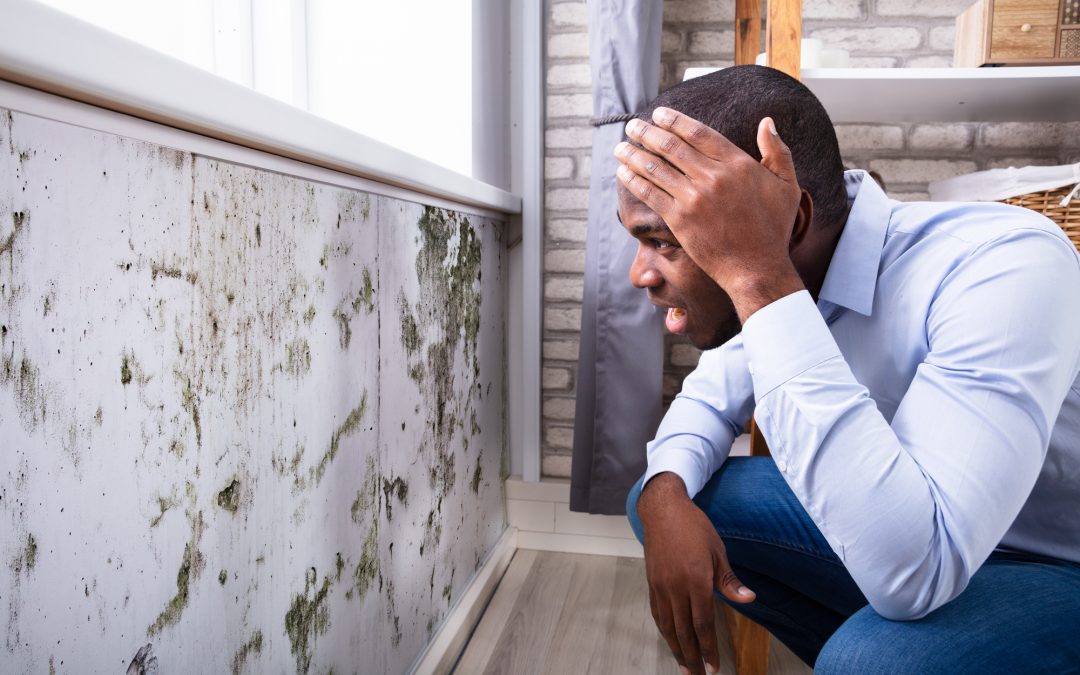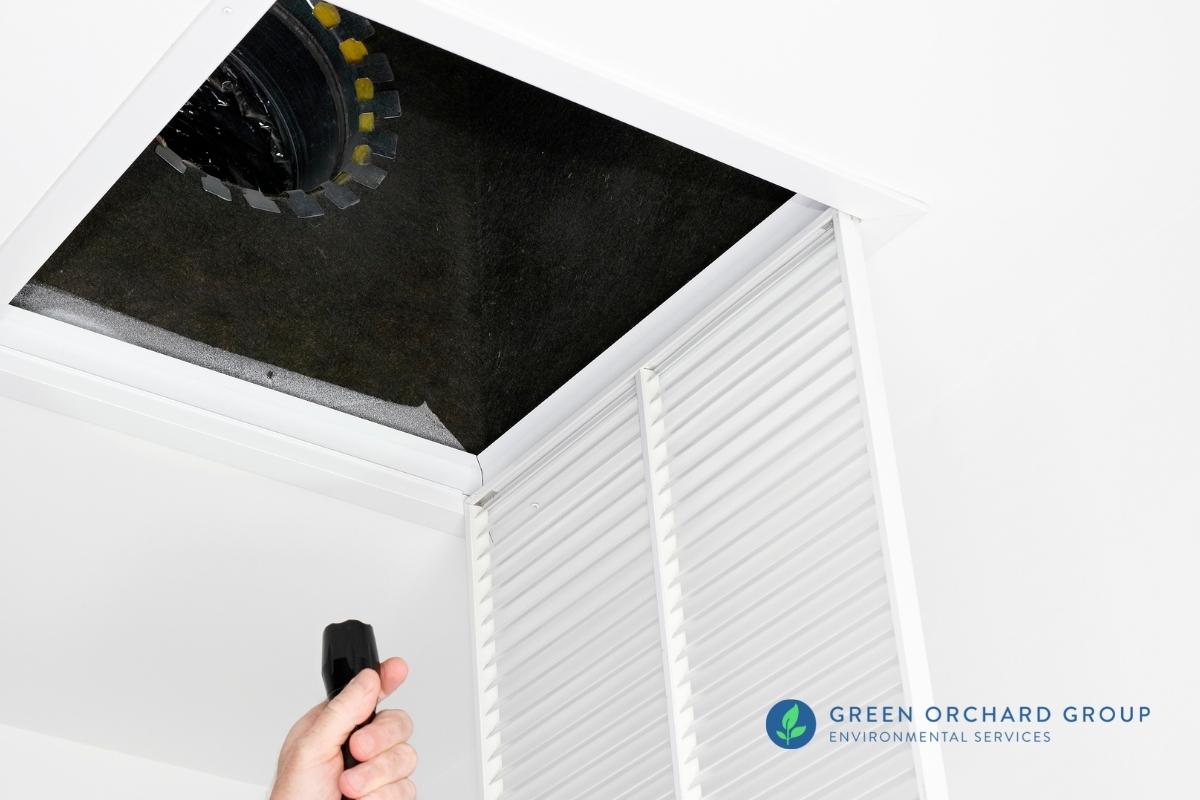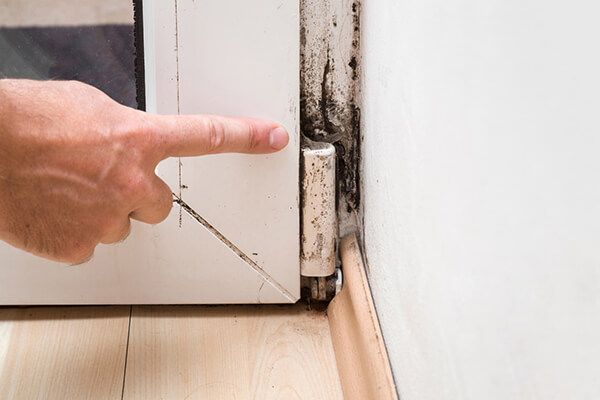Guidance on What to Do After Mold Remediation
Guidance on What to Do After Mold Remediation
Blog Article
Effective Blog Post Mold Remediation Solutions for Your Home
Mold development in homes can be a relentless issue, typically needing an organized method for reliable post-remediation remedies. From comprehending the variables that add to mold and mildew development to applying appropriate cleansing strategies and wetness control actions, the process can be elaborate yet critical for preserving a healthy and balanced living setting. what to do after mold remediation.
Comprehending Mold Growth Variables
The key aspect contributing to mold and mildew growth is moisture. Mold spores call for moisture to germinate and prosper, making humid or wet atmospheres highly susceptible to mold and mildew infestations.

Furthermore, air flow and light exposure can affect mold and mildew development. Locations that do not have proper air flow and natural light are more susceptible to mold and mildew growth. By attending to these elements comprehensively, individuals can efficiently minimize mold growth and guard their living atmospheres.
Appropriate Mold And Mildew Cleaning Strategies
Making use of reliable cleansing methods is essential in dealing with and protecting against the recurrence of mold and mildew contamination in indoor atmospheres. The first step in proper mold and mildew cleansing is to have the afflicted area to prevent the spread of spores to unpolluted locations.

Applying Dampness Control Actions
To effectively avoid mold growth and contamination in indoor settings, implementing moisture control measures is critical. Wetness is the primary element that gas mold and mildew growth, making it vital to take care of humidity degrees within the home. One efficient procedure is to make use of dehumidifiers to preserve indoor humidity degrees below 60%. Additionally, guaranteeing proper air flow in areas susceptible to moisture accumulation, such as kitchen areas and restrooms, can help lower the danger of mold and mildew growth. Consistently examining and repairing any type of leakages in plumbing, roofing systems, or home windows is also essential in preventing excess wetness build-up. Utilizing exhaust followers while cooking or bathing, and allowing air blood circulation original site by keeping furniture a little far from walls can assist in wetness control. Utilizing moisture-resistant materials in high-humidity areas, such as mold-resistant drywall and paints, can be valuable. By vigilantly executing these dampness control measures, property owners can efficiently reduce the probability of mold and mildew recontamination and keep a healthy and balanced indoor atmosphere.
Utilizing All-natural Remediation Solutions
After effectively implementing dampness control actions to stop mold development in indoor environments, home owners can currently check out the effectiveness of natural removal options in maintaining a healthy and balanced living area. All-natural remediation solutions use eco-friendly methods to deal with mold and mildew, making them a popular selection for those seeking safe alternatives. One such remedy is making use of vinegar, a natural antimicrobial agent, to tidy and disinfect surface areas polluted by mold. Just water down vinegar with water and spray it onto the impacted areas, enabling it investigate this site to rest for a couple of hours prior to wiping clean. In addition, tea tree oil, understood for its antifungal residential properties, can be blended with water and splashed onto mold-infested surfaces to hinder additional growth. One more all-natural alternative is hydrogen peroxide, which can properly eliminate mold on various surfaces without leaving harmful deposits behind. By integrating these natural remediation services into their cleansing routines, homeowners can properly fight mold development while promoting a healthier interior environment for themselves and their families.

Preserving a Mold-Free Environment
On a regular basis examining locations prone to mold and mildew development, such as shower rooms, cellars, attic rooms, and kitchens, is crucial. Appropriate air flow in locations with high humidity levels is also vital to avoiding mold growth.
Additionally, preserving cleanliness in the home is crucial for mold prevention. Maintaining indoor plants in check and making sure correct drainage in outdoor landscaping can reduce wetness accumulation, reducing the likelihood of mold problems.
Conclusion
To conclude, it is vital to deal with mold and mildew growth factors, make use of proper cleaning methods, execute wetness control procedures, utilize all-natural removal options, and preserve a mold-free setting in order to effectively take care of post mold remediation in your house - Post remediation mold testing near me. By adhering to these strategies, you can protect against mold and mildew from recurring and guarantee a healthy living atmosphere for you and your household
The main aspect contributing to mold and mildew growth is wetness. Mold and mildew spores call for dampness to thrive and germinate, making damp or wet settings very prone to mold and mildew problems.To effectively prevent mold and mildew development and contamination in indoor settings, executing moisture control actions is vital. Additionally, making sure proper ventilation in locations important link susceptible to moisture buildup, such as washrooms and cooking areas, can help reduce the danger of mold development.After effectively executing moisture control measures to stop mold development in indoor environments, homeowners can currently check out the performance of natural remediation solutions in keeping a healthy living space.
Report this page